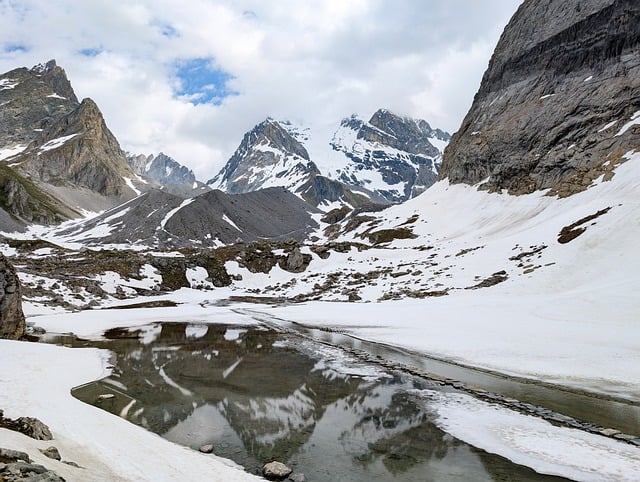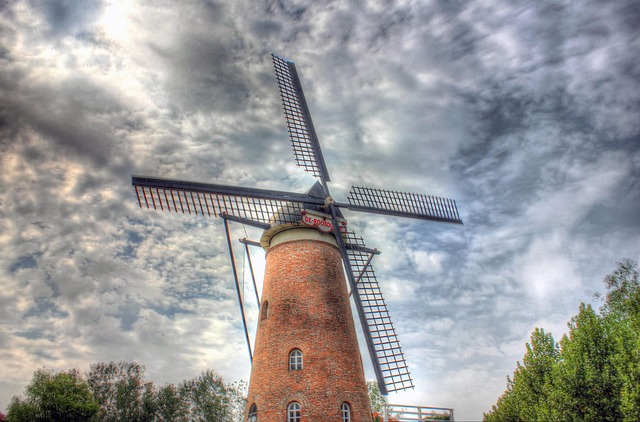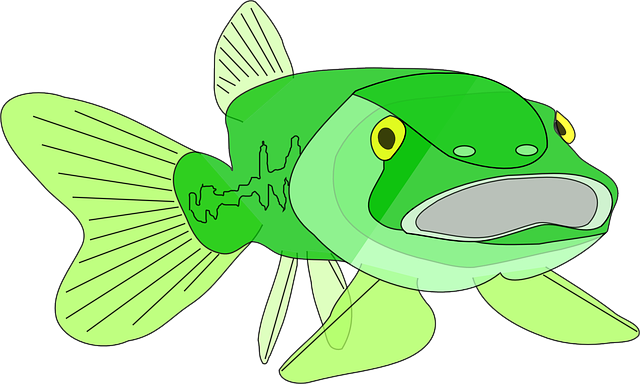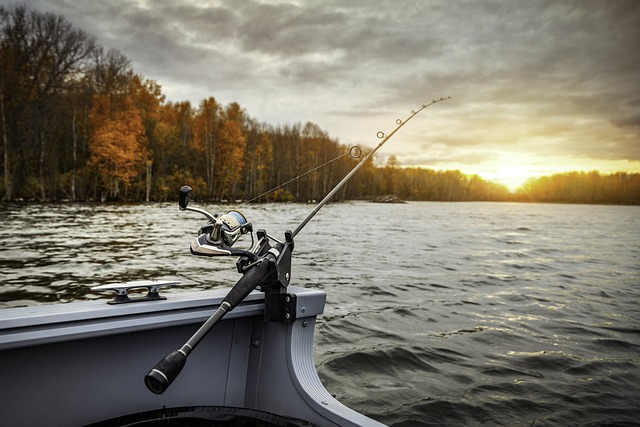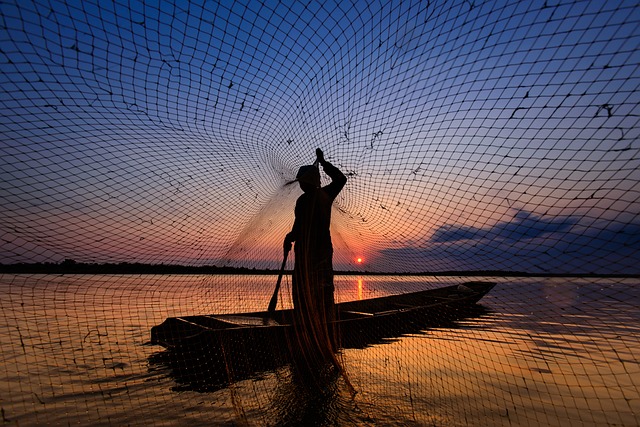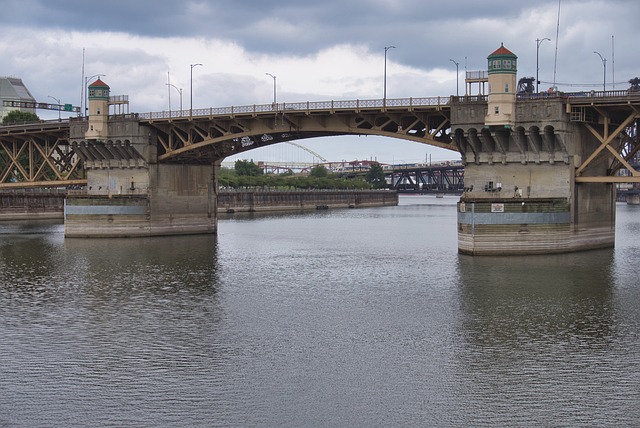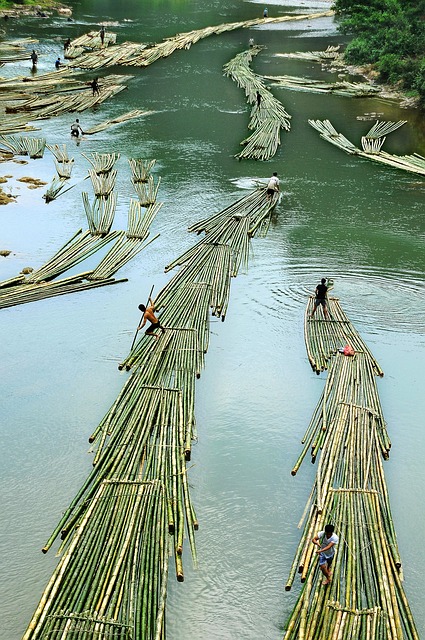The Upper Willamette River in Oregon offers exceptional fishing due to its pristine waters, diverse ecosystems, and rich biodiversity, supporting species like rainbow trout, brown trout, and salmon. Strict Upper Willamette fishing regulations, including catch limits, size restrictions, and protected seasons, are enforced to preserve the river's ecological balance and ensure sustainable fishing for future generations.
“The Upper Willamette River, a vibrant ecosystem winding through Oregon’s picturesque landscapes, is a haven for anglers and nature enthusiasts alike. This article delves into the diverse fish species that call this river home, offering an in-depth guide to their habitats and migration patterns. Additionally, we explore the stringent Upper Willamette fishing regulations designed to protect these populations.
From understanding seasonal water conditions to adopting responsible fishing practices, readers will gain valuable insights for navigating this scenic waterway. Discover the rules and ethics surrounding Upper Willamette fishing regulations to ensure a sustainable experience.”
- Understanding Upper Willamette River Ecosystem
- – Overview of the river's geography and habitat
- – Water conditions and seasonal changes
- Popular Fish Species in the Region
Understanding Upper Willamette River Ecosystem
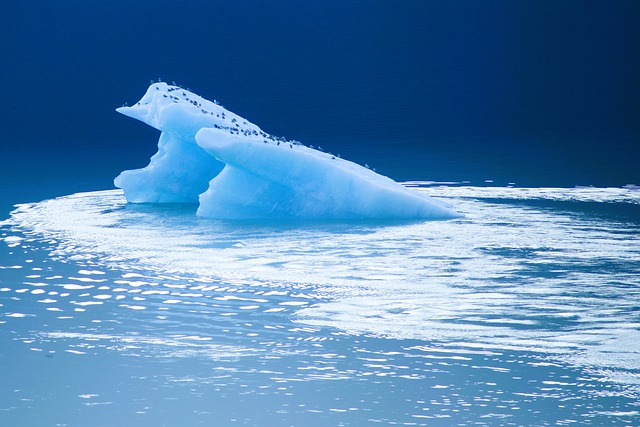
The Upper Willamette River, a vital waterway stretching through Oregon’s scenic landscape, boasts a rich biodiversity that supports a diverse range of fish species. Understanding this intricate ecosystem is key to appreciating the region’s renowned fishing opportunities and adhering to local Upper Willamette fishing regulations. The river’s health is influenced by various factors, including water quality, habitat diversity, and seasonal changes. Its cold, clear waters provide an ideal environment for numerous fish varieties, making it a haven for anglers.
The Upper Willamette River’s ecosystem navigates through different segments, each characterized by unique features. From pristine headwaters to more developed sections, the river’s topography shapes the types of fish that thrive there. Local fishing regulations are in place to ensure the sustainability of these species, offering guidelines on catch limits, size restrictions, and protected seasons. These measures play a crucial role in preserving the river’s natural balance and providing exceptional fishing experiences for all enthusiasts.
– Overview of the river's geography and habitat

The Upper Willamette River, a 140-mile-long waterway in Oregon, USA, is renowned for its pristine waters and diverse ecosystems, making it a haven for various fish species. This river flows through picturesque landscapes, from lush forests to rolling hills, providing an ideal environment for both resident and migrating fish. The river’s geography includes shallow riffles, deep pools, and numerous side channels, offering a variety of habitats that support a rich aquatic community.
The Upper Willamette River is managed under strict fishing regulations to preserve its ecological balance, with specific rules regarding size limits, catch limits, and closed seasons for different species. These regulations play a crucial role in ensuring the river’s sustainability, especially for popular game fish like rainbow trout, brown trout, and salmon. The river’s health and the well-being of its fish populations are closely monitored to maintain a high-quality fishing experience for both recreational and commercial anglers while respecting the natural resources of this vital ecosystem.
– Water conditions and seasonal changes

The Upper Willamette River, known for its pristine waters and diverse ecosystems, offers a thriving habitat for various fish species. Water conditions play a pivotal role in shaping the fishing experience throughout the year. The river’s temperature, clarity, and current fluctuate seasonally, directly impacting the behavior and distribution of fish populations. In spring, as the snow melts, water levels rise, and temperatures warm, many fish species become more active and move to shallower waters, making it an ideal time for anglers. During summer, the river’s currents slow down, creating calm pools and riffles that attract different species like trout and salmon.
Seasonal changes in Upper Willamette fishing regulations reflect the need to protect these dynamic ecosystems. Anglers must be aware of catch limits, size restrictions, and closed seasons specific to each fish type. These regulations are designed to maintain a healthy balance, ensuring the river’s ecological integrity and providing sustainable fishing opportunities for future generations.
Popular Fish Species in the Region
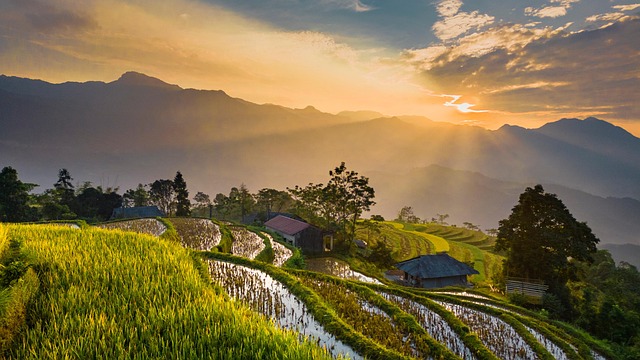
The Upper Willamette River is a prime hotspot for anglers, boasting a diverse range of fish species that cater to both recreational and competitive fishermen. Among the popular catches are trout, salmon, bass, and catfish, each attracting its own dedicated following. The region’s rich aquatic ecosystem is a result of careful conservation efforts and strict Upper Willamette fishing regulations designed to protect these valuable resources for future generations.
These regulations not only ensure sustainable fishing practices but also contribute to the overall health of the river. Anglers can expect to find vibrant populations of rainbow trout, known for their brilliant colors and fighting spirit. Additionally, chinook salmon, a sought-after game fish, make their way upriver during certain seasons, providing thrilling opportunities for anglers to test their skills against these powerful swimmers.





